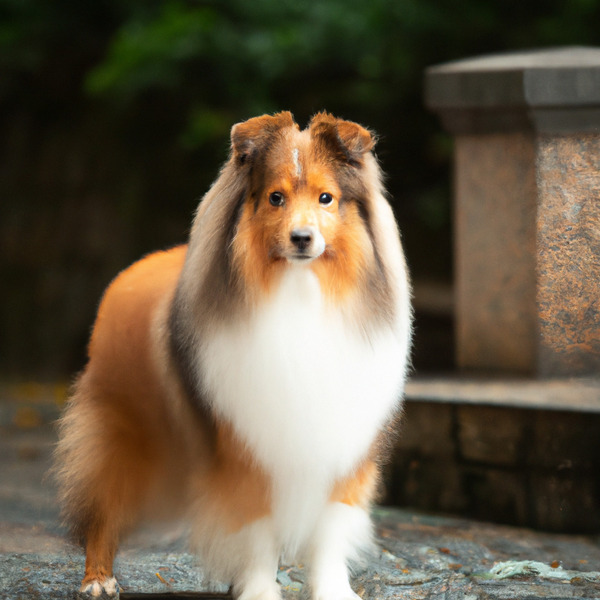Shetland Sheepdog vs. Norwegian Lundehund: Breed Differences and Similarities
Weight Gain Potential
Which breed eats more: Shetland Sheepdog or Norwegian Lundehund?
The Shetland Sheepdog and Norwegian Lundehund breeds have an average risk of becoming obese. Daily walks and a balanced diet of quality dry dog food can help maintain a healthy weight. An active lifestyle and monitoring weight regularly is recommended.
Hypoallergenic
Are Shetland Sheepdogs or Norwegian Lundehunds hypoallergenic, or neither?
Unfortunately, neither Shetland Sheepdog nor Norwegian Lundehund are hypoallergenic, which may not make them the best choice for dog lovers who suffer from pet allergies.
Temperament
What are the personalities of Shetland Sheepdog and Norwegian Lundehund dogs?
Affectionate
Gentle
Lively
Responsive
Friendly
Intelligent
Playful
Alert
Loyal
Energetic
Protective
Shedding Level
Do Shetland Sheepdogs shed more than Norwegian Lundehunds, or which breed sheds more, Shetland Sheepdogs or Norwegian Lundehunds?
Shetland Sheepdog or Norwegian Lundehund dogs are not heavy shedders, but they will lose a significant amount of hair each year. To decrease the amount of shedding, you can regularly brush your Shetland Sheepdog or Norwegian Lundehund. This will remove loose hair and keep their coat growing in the same direction.
Watchdog Ability
Which dog breed makes a better watchdog, the Shetland Sheepdog or Norwegian Lundehund?
Shetland Sheepdog and Norwegian Lundehund are very good watchdogs. They are a vocal breed and are wary of outsiders, so if someone approaches your home or aims to intrude, these breeds are going to make sure everyone knows about it.
Origin
What is the origin of Shetland Sheepdog and Norwegian Lundehund dog breeds?
Scotland (Shetland Islands)
Norway
Ancestry
What are the origins of Shetland Sheepdog and Norwegian Lundehund breeds?
collie
Spitz
Breed recognition
Which kennel clubs recognize/register Shetland Sheepdog and Norwegian Lundehund?
American Canine Registry
American Kennel Club
America's Pet Registry
Canadian Kennel Club
Dog Registry of America Inc.
Federation Cynologique Internationale
Kennel Club of Great Britain
North American Purebred Registry, Inc.
American Canine Association, Inc.
Australian National Kennel Council
Continental Kennel Club
National Kennel Club
New Zealand Kennel Club
United Kennel Club
Canadian Canine Registry
American Canine Registry
American Kennel Club
Continental Kennel Club
Dog Registry of America Inc.
Federation Cynologique Internationale
National Kennel Club
North American Purebred Registry, Inc.
American Canine Association, Inc.
Date of Birth
When were Shetland Sheepdog and Norwegian Lundehund breeds first developed?
1800s
Unknown
Breed Group
What is the Breed Group of Shetland Sheepdog and Norwegian Lundehund?
Herding (AKC:1911 & UKC)
Non Sporting (AKC:2011)
Northern Breed (UKC)
Eye Color Possibilites
What are the eye colors of Shetland Sheepdog and Norwegian Lundehund dogs?
Blue
Brown
Brown
Nose Color Possibilites
What are the natural nose colors of Shetland Sheepdog and Norwegian Lundehund?
Black
Black
Coat Color Possibilites
What are the natural colors of the coat for Shetland Sheepdog and Norwegian Lundehund breeds?
Sable
Black
Blue
White
Sable
Gray
Red
White
Coat Length
What is the typical coat length for Shetland Sheepdog and Norwegian Lundehund breeds?
Shetland Sheepdogs have longer coats compared to most dogs.
Norwegian Lundehunds have medium-length coats.
Coat Density
What is the density of the coat of Shetland Sheepdog and Norwegian Lundehund?
Coat Texture
What is the hair texture of Shetland Sheepdog and Norwegian Lundehund?
Straight
Litter Size
What is the usual litter size for Shetland Sheepdog and Norwegian Lundehund?
A Shetland Sheepdog can have a litter of 12-14 puppies on average. However, it's worth noting that the size of the litters can vary greatly. Factors that can influence litter size include the health of the mother, breeding history, and genetics.
A Norwegian Lundehund can have a litter of 10-12 puppies on average. However, it's worth noting that the size of the litters can vary greatly. Factors that can influence litter size include the health of the mother, breeding history, and genetics.
Adaptability
Shetland Sheepdogs are highly adaptable and versatile, making them excellent companions for families and individuals of all lifestyles.
Norwegian Lundehunds are known for their adaptability and can adjust well to different environments and lifestyle changes.
Health Issues
Between Shetland Sheepdog and Norwegian Lundehund, which breed is more prone to health problems?
Shetland Sheepdog and Norwegian Lundehund breeds are generally considered to be healthy. However, like all breeds, they are susceptible to certain health issues and it is important to keep an eye out for them and address them with your veterinarian as needed.
Major Concerns
What are the major health concerns for Shetland Sheepdog and Norwegian Lundehund breeds?
Dermatomyositis
Sensitive to Ivermectin
Lundehund Syndrome
Minor Concerns
What minor health issues should be kept in mind when owning Shetland Sheepdog and Norwegian Lundehund?
Patellar Luxation
Cataract
Progressive Retinal Atrophy
Hip Dysplasia
Collie Eye Anomaly
Hip Dysplasia
Kneecap Dislocation
Occasional Tests
What occasional tests are recommended for Shetland Sheepdog and Norwegian Lundehund breeds?
Eye
Hip
Hearing
Blood Test
Hip X-Rays
Dna For Vwd
Eye Examination
Physical Examination
OFA
CERF
X-Rays
Full Physical Examination
Energy
How do the energy levels of Shetland Sheepdogs and Norwegian Lundehunds compare?
Shetland Sheepdog and Norwegian Lundehund breeds are known for their high energy levels, so if you're looking for a more low-key dog, these breeds may not be the best choice.
Social Needs
Shetland Sheepdog vs Norwegian Lundehund social needs comparison
Shetland Sheepdog and Norwegian Lundehund have above average social needs compared to other breeds. They thrive in environments where they have a lot of interaction with humans and other dogs.
Exercise Needed
Shetland Sheepdog vs Norwegian Lundehund exercise need comparison.
Shetland Sheepdogs need moderate physical activity and are great for families and active individuals.
Norwegian Lundehunds need high physical activity and are ideal for active individuals, but not suitable for sedentary lifestyles or small apartments.
Sleeping Need
Which of the two sleeps the most/least: Shetland Sheepdog or Norwegian Lundehund?
Shetland Sheepdog and Norwegian Lundehund dogs tend to sleep less than some other breeds, but it's still important for them to get adequate sleep in order to maintain good health.
Drooling Tendency
Which drools more/less, Shetland Sheepdog or Norwegian Lundehund?
The Shetland Sheepdog and Norwegian Lundehund breeds are known for their low drooling tendencies, making them a suitable choice for people who don't want to deal with drool marks on their clothing.
Tendency to Bark
Do Shetland Sheepdogs or Norwegian Lundehunds bark more/less frequently?
Shetland Sheepdog dogs bark and howl frequently and are not recommended for quiet homes.
Norwegian Lundehund dogs are generally less vocal than other breeds and only bark when necessary, such as to alert their owner or communicate.
Territorial
Is the Shetland Sheepdog or Norwegian Lundehund a better guard dog?
Shetland Sheepdog dogs are highly protective and make excellent guard dogs due to their strong instinct to defend their territory and owners, and their high level of vigilance.
While Norwegian Lundehund dogs can defend their territory or owners, it's not their primary trait, and they are not ideal guard dogs.
Mouthiness
Mouthiness Comparison: Shetland Sheepdog vs Norwegian Lundehund?
Roaming urge
Shetland Sheepdog vs Labrador: Running away tendency?
Prey Drive
Shetland Sheepdog or Norwegian Lundehund - which breed has a higher level of prey drive?
Tolerance of being left alone
Grooming
Which breed is easier to maintain in terms of grooming, Shetland Sheepdogs or Norwegian Lundehunds?
Shetland Sheepdogs have high grooming needs, requiring regular trims and professional grooming assistance to keep their coat healthy.
The Norwegian Lundehund requires an average amount of grooming compared to other breeds.
Brushing Frequency
What is the recommended brushing frequency for Shetland Sheepdog and Norwegian Lundehund dogs?
Shetland Sheepdog should be brushed at least once a week. Of course you can give them more frequent brushes if you find that they are still shedding a lot
Ideally, Norwegian Lundehund should be brushed at least 2 or 3 times a week (preferably daily) improve shedding.
Brushing Tools
What brushing tools are used for Shetland Sheepdogs and Norwegian Lundehunds?
Pin Brush
Dematter
Comb
Nail Clipper
Pin Brush
Comb
Deshedder
Nail Clipper
Intelligence
Comparing Intelligence: Shetland Sheepdogs vs Norwegian Lundehunds
Shetland Sheepdog is highly intelligent and very trainable.
Norwegian Lundehund has below average obedience intelligence, but they excel in understanding human emotions.
Sensitivity Level
How do Shetland Sheepdog and Norwegian Lundehund compare in sensitivity?
This breed is sensitive to its environment and best suited for patient and understanding families with a consistent routine.
Norwegian Lundehunds have average emotions and adapt well to different situations.
Affection Dependance
Which is the more affectionate dog breed: Shetland Sheepdog vs Norwegian Lundehund?
Apartment Friendly
Which breed is more apartment-friendly: Shetland Sheepdog or Norwegian Lundehund?
Shetland Sheepdogs can do well in apartments with enough exercise and time outside, but a small yard would be ideal.
The Norwegian Lundehund is not suitable for apartments and requires a large yard to thrive. Pent-up energy in small spaces can lead to destructive behavior.
Child Friendly
Do Shetland Sheepdogs or Norwegian Lundehunds have a friendlier temperament towards children?
Shetland Sheepdog and Norwegian Lundehund are kid-friendly dogs. They are good with children and excellent dogs with children if they are socialized and trained at a young age.
Senior-friendly
Which dog is more suitable as a pet for the elderly - Shetland Sheepdog or Norwegian Lundehund?
Cat Friendly
Do Shetland Sheepdog or Norwegian Lundehund breeds have a better compatibility with cats?
Shetland Sheepdogs are very friendly with cats and make great companions for them.
Norwegian Lundehunds are somewhat cat friendly and can be trained to get along with cats.
Dog Friendly
Which breed is more sociable with other dogs: Shetland Sheepdog or Norwegian Lundehund?
Shetland Sheepdogs are friendly and active companions, and can be good family pets, though their friendliness towards other dogs may vary.
Norwegian Lundehunds are average in their friendliness towards other dogs, and socialization can help.
Pet friendly
How do Shetland Sheepdog or Norwegian Lundehund dogs interact with other pets?
Stranger Friendly
Which breed is more friendly with strangers: Shetland Sheepdog or Norwegian Lundehund?
They can be below average friendly around strangers, being keen of eye and sharp of tongue, and very quick to announce strangers at the door. Once the visitor comes in, some Shetland Sheepdog and Norwegian Lundehund may be friendly and outgoing, while others can be standoffish or suspicious towards strangers.
Playfulness
Which breed is more playful between Shetland Sheepdog and Norwegian Lundehund?
Shetland Sheepdogs have an average level of playfulness, enjoying playtime like most dogs but not excessively so.
Norwegian Lundehunds are a playful breed that needs daily playtime to be happy.
Trainability
How do the trainability levels of Shetland Sheepdogs and Norwegian Lundehunds compare?
Shetland Sheepdog and Norwegian Lundehund dogs are usually easy to train, but may require consistency to fully obey commands.
Compare Shetland Sheepdog with other breeds
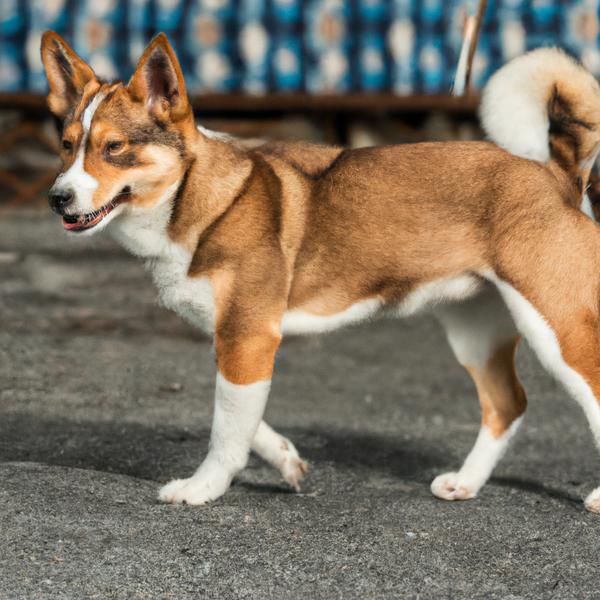
Norwegian Lundehund
Shetland Sheepdog vs Norwegian Lundehund
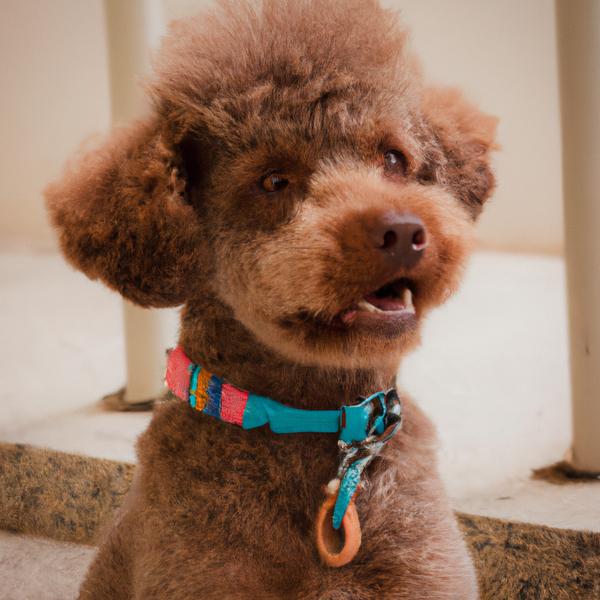
Smooth Foodle
Shetland Sheepdog vs Smooth Foodle
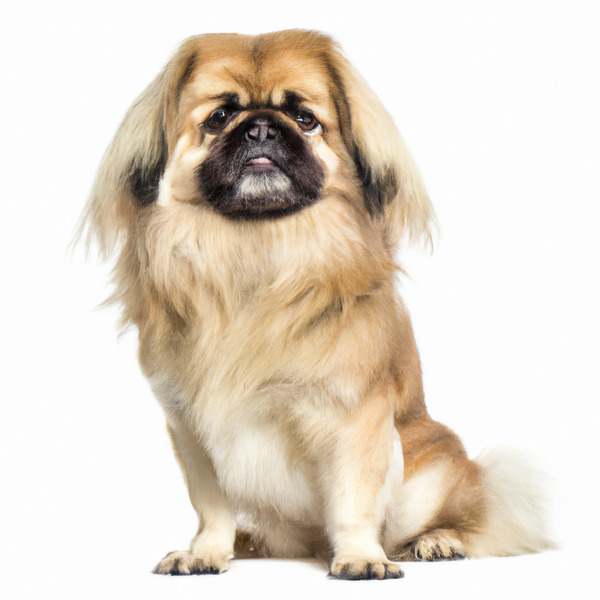
Tibetan Spaniel
Shetland Sheepdog vs Tibetan Spaniel

Deutsch Drahthaar
Shetland Sheepdog vs Deutsch Drahthaar
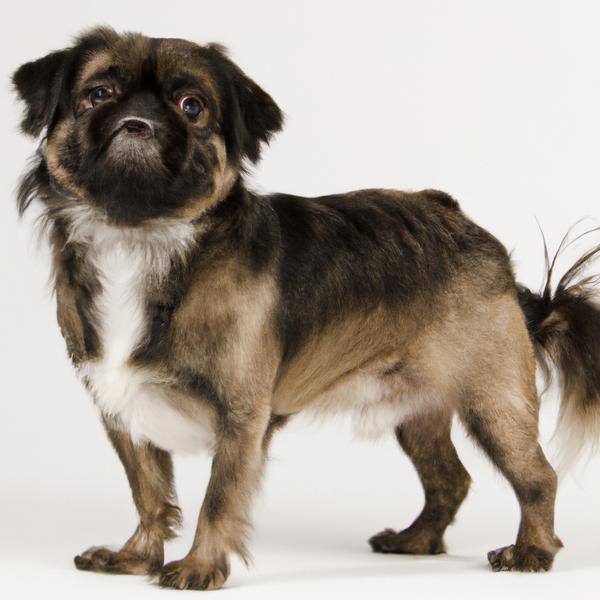
Pug-Zu
Shetland Sheepdog vs Pug-Zu
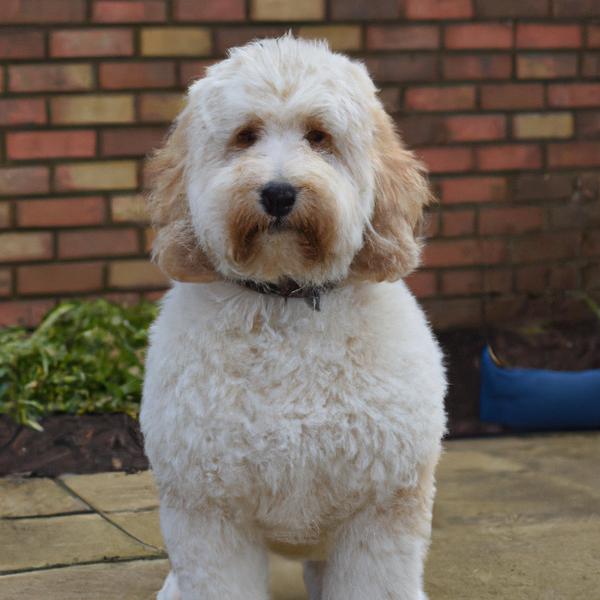
English Boodle
Shetland Sheepdog vs English Boodle
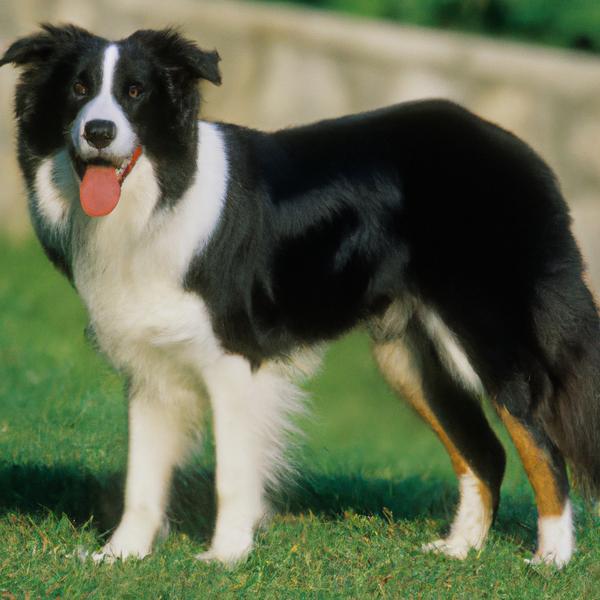
Border Collie Bernard
Shetland Sheepdog vs Border Collie Bernard
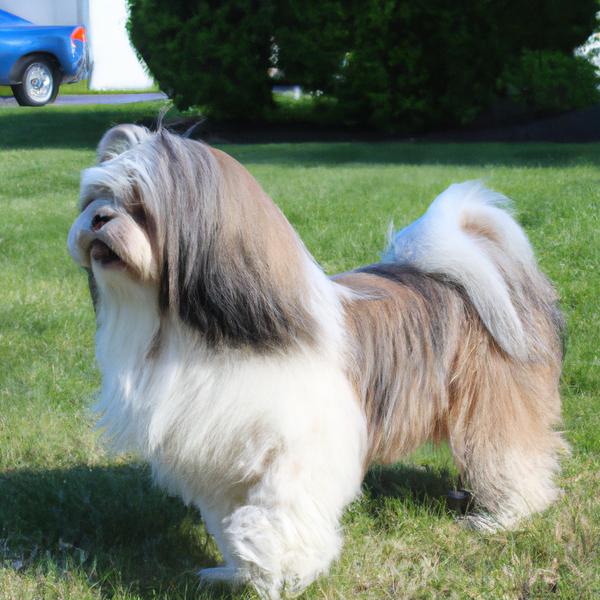
Sheltie Tzu
Shetland Sheepdog vs Sheltie Tzu
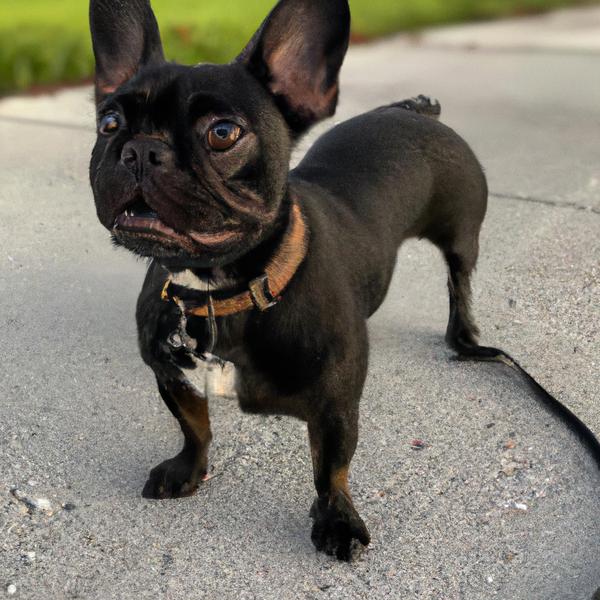
French Bull Weiner
Shetland Sheepdog vs French Bull Weiner
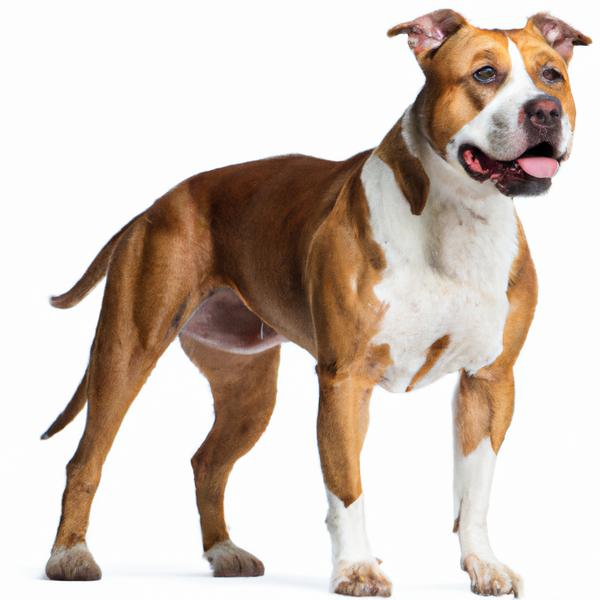
American Staffordshire Terrier
Shetland Sheepdog vs American Staffordshire Terrier
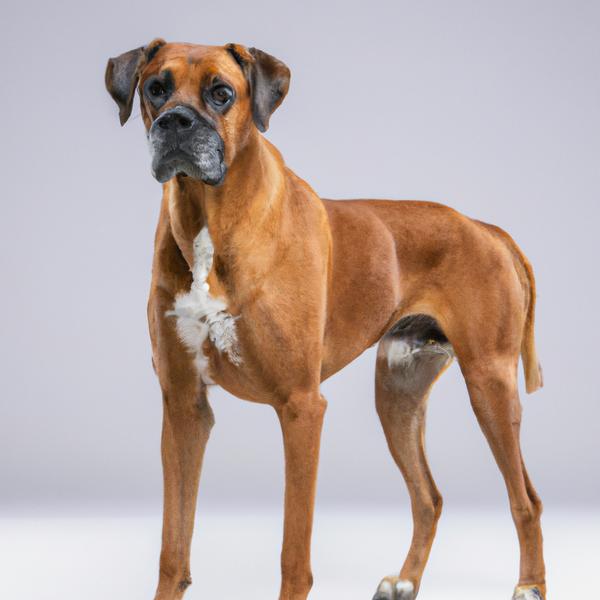
Rhodesian Boxer
Shetland Sheepdog vs Rhodesian Boxer
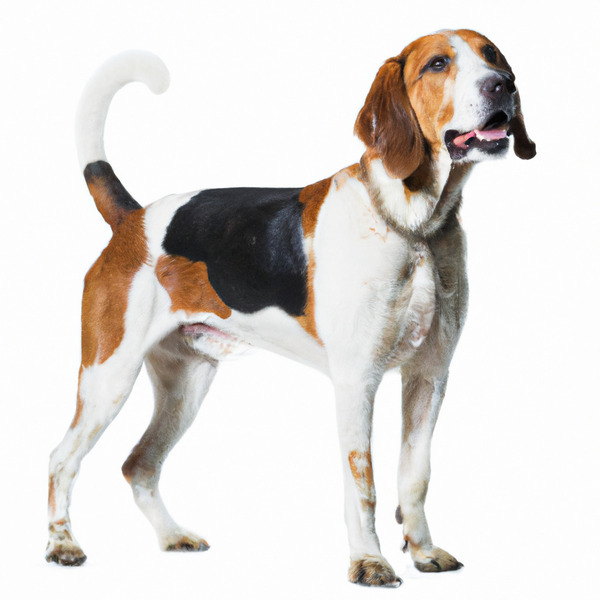
American Foxhound
Shetland Sheepdog vs American Foxhound
